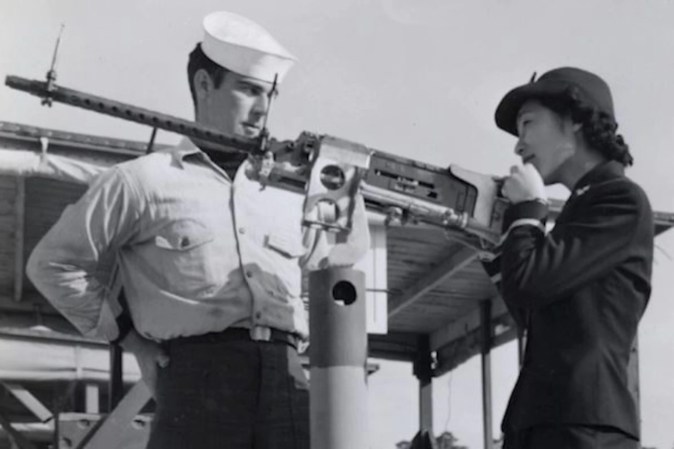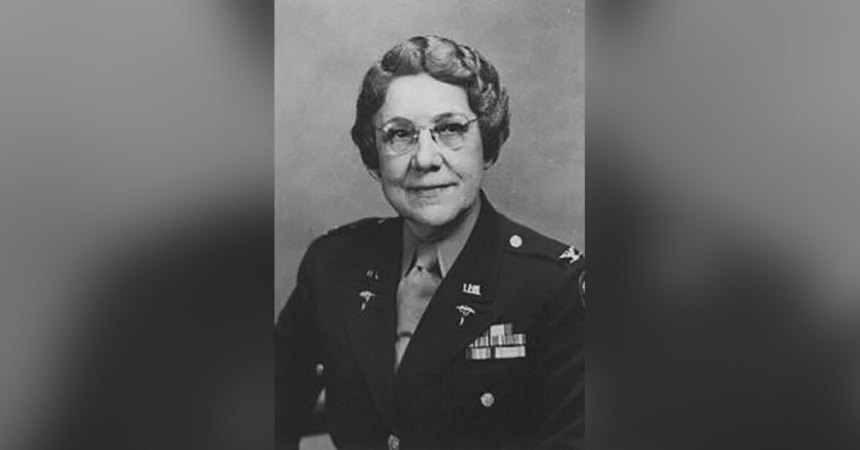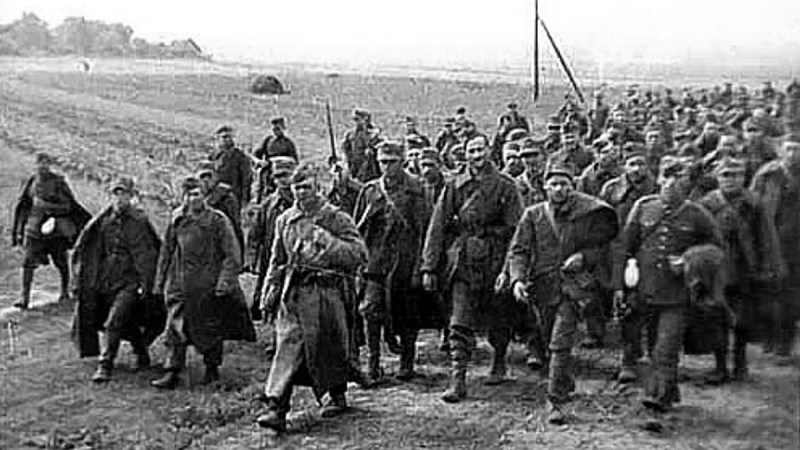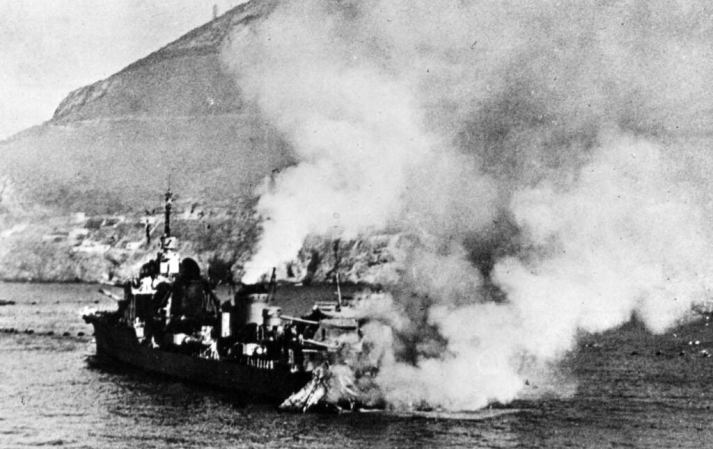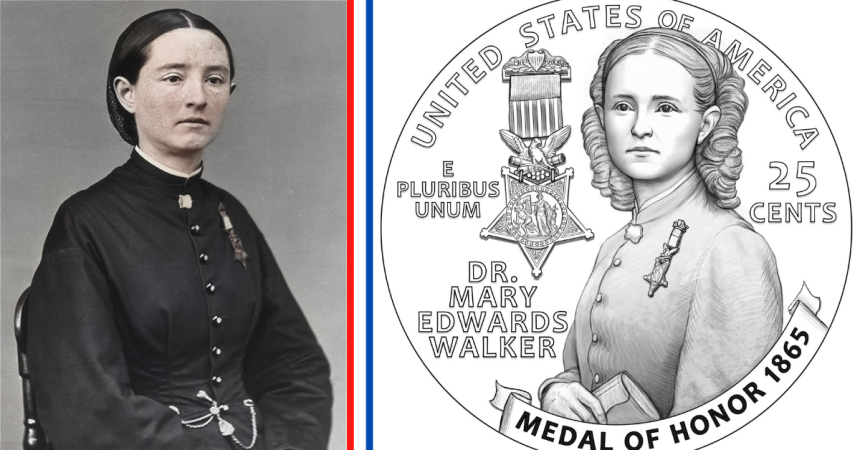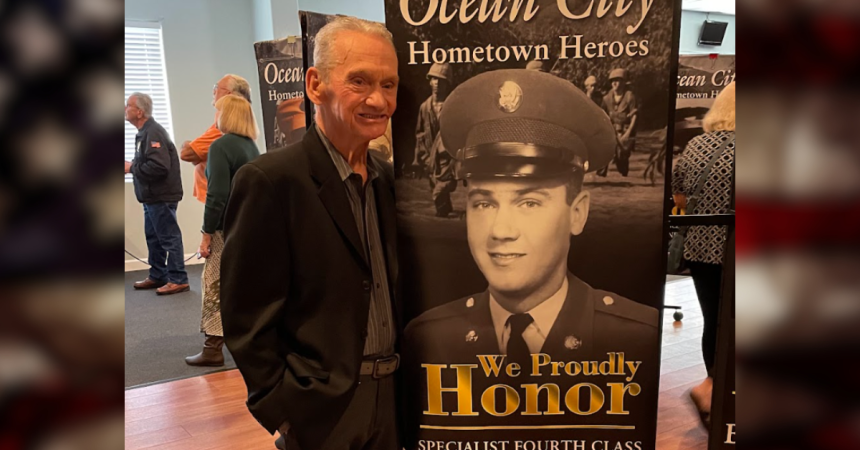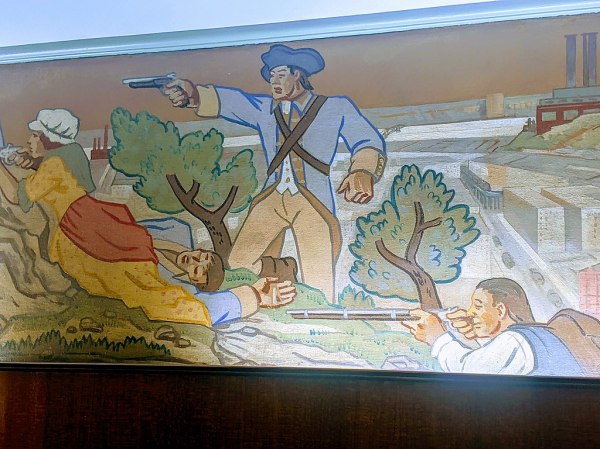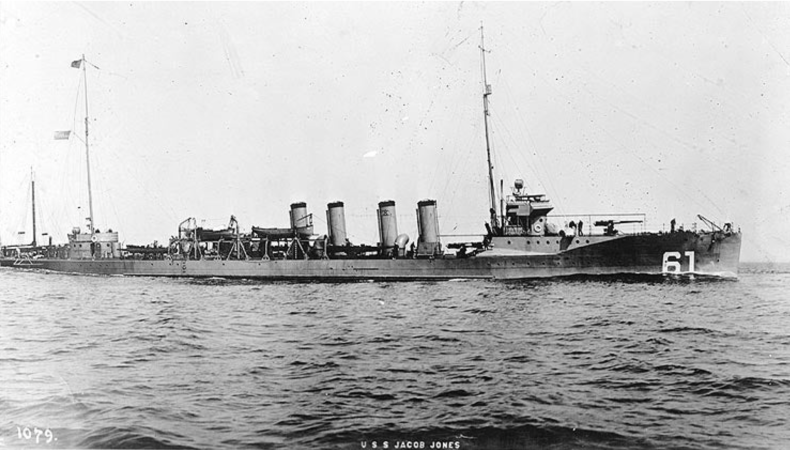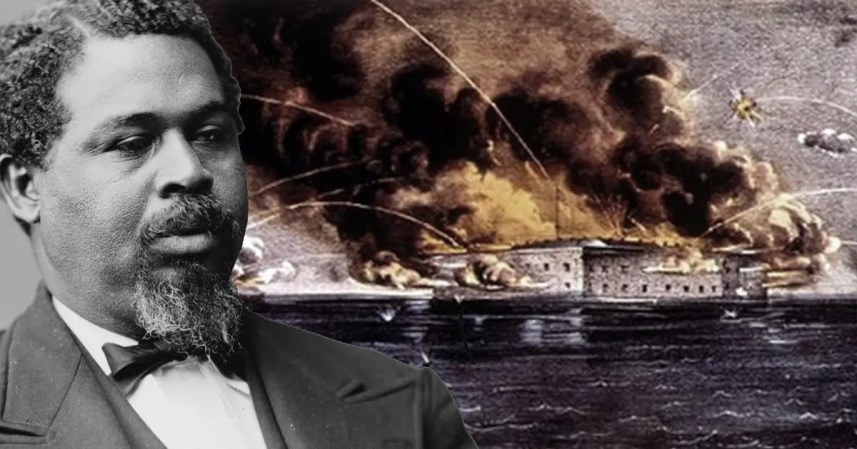Susan Ahn Cuddy had a lot to overcome when she joined the U.S. Navy. After the Japanese attack on Pearl Harbor, anti-Asian sentiment in the United States was at a fever pitch and women in the workplace wasn’t yet an accepted social norm. But she came from a family of fighters, stayed the course, and persevered. She would not only be the first Asian-American woman to join the U.S. Navy, she was also the first female gunnery officer.
Cuddy was born in Los Angeles in 1915, at a time when Japan had already occupied her family’s homeland for ten years. Her parents were the first married Koreans to immigrate to the United States, but were still actively involved in fighting for Korean independence. Her father, Dosan, made numerous trips to Korea to help coordinate various independence movements. Sadly, he was captured by Japanese authorities, imprisoned, and tortured. The last time he saw his family was in 1926 and he was killed in 1938.
When the Japanese attacked the family’s adopted country, her family had every reason to join the fight. Her father raised her to be an independent thinker, and to love the United States. Her brothers, Ralph and Philip, joined the Navy and Army, and Susan decided she would do her part. In 1942, the same year her brothers enlisted, she tried to join the Navy’s Women Accepted for Volunteer Emergency Service, or WAVES. Her first attempt at serving was rejected.
Cuddy learned later that she was rejected because of her race but a year after the attack on Pearl Harbor, she tried again and was accepted and went to training in Cedar Falls, Iowa. Next, she went to flight simulator training in Georgia, where she would later teach other aviators how to fly in the simulator. She next entered the career field where she would make history: she became an aerial gunnery instructor. She was so good at her work that male officers suggested she become an officer, so she applied and was accepted in the fall of 1943.

By January 1944, the Asian woman that the Navy initially would not accept had become the Navy’s first female gunnery officer. Her next assignment was in Atlantic City, New Jersey, where she trained naval aviators on firing their .50-caliber machine guns. But she soon found that she had a skill many in the Navy didn’t have: she spoke fluent Korean, and the Office of Naval Intelligence needed her.
Again, she faced bias because of her race. Initially, her commanders in the ONI wouldn’t let her access the classified documents she needed to do her job. Once again, her persistence paid off. She did her job because she was bound and determined to not just fight for the United States, but also to carry on her father’s legacy in trying to liberate the Korean homeland. She became the office’s liaison to the Library of Congress.
While working as a codebreaker at ONI, Ahn met her future husband, Francis X. Cuddy. When the two wed, interracial marriage laws kept them from being legally married everywhere except in Washington, D.C.
Although she left the Navy in 1946, she continued working in national security as an intelligence analyst and section chief at the National Security Agency. In 1959, the couple, then with two children, moved back to Los Angeles to help run a family restaurant and try to win her mother’s approval of the marriage. She managed the restaurant herself until 1990 and was still active with Navy functions well into the 2000s. Susan Ahn Cuddy died in California in 2015.


